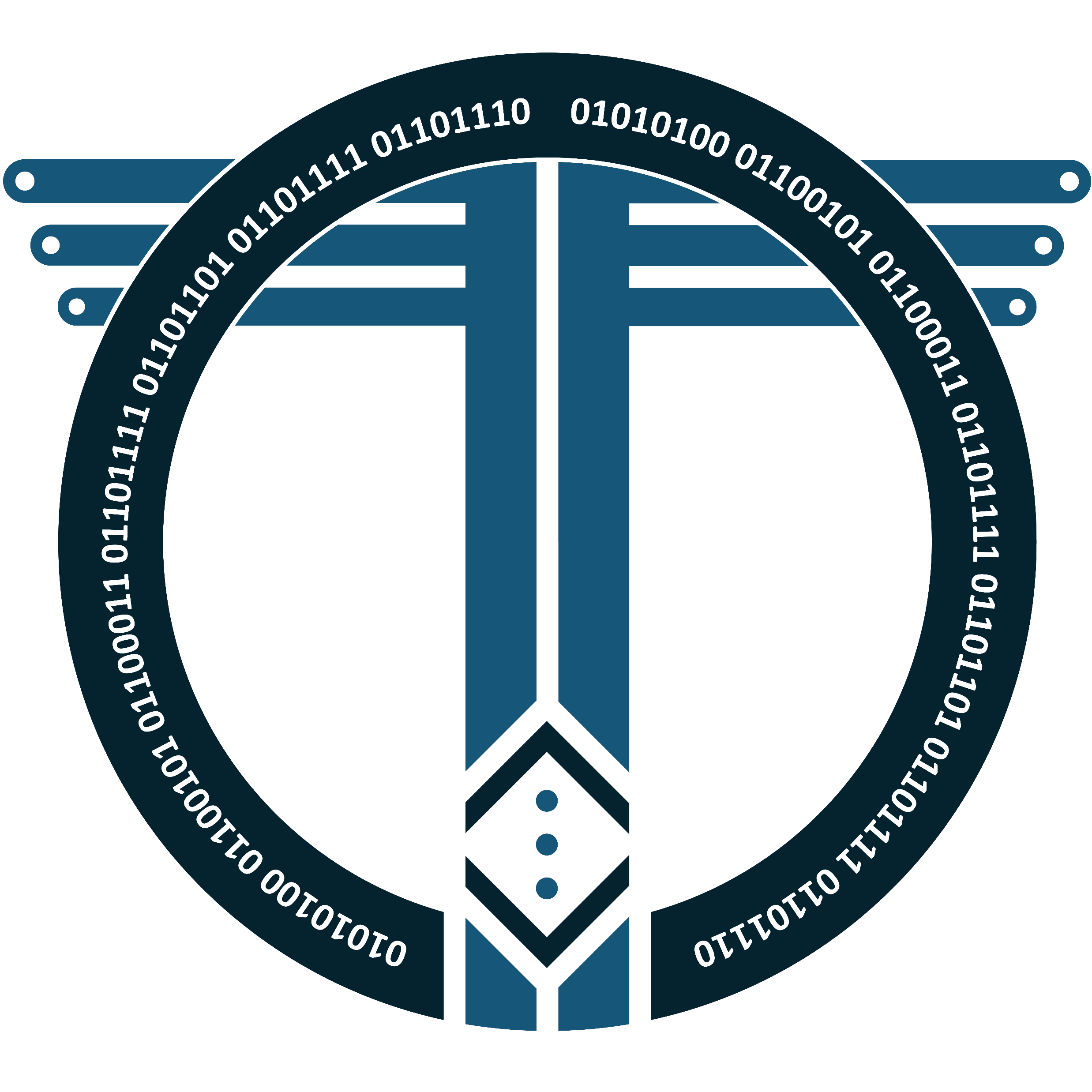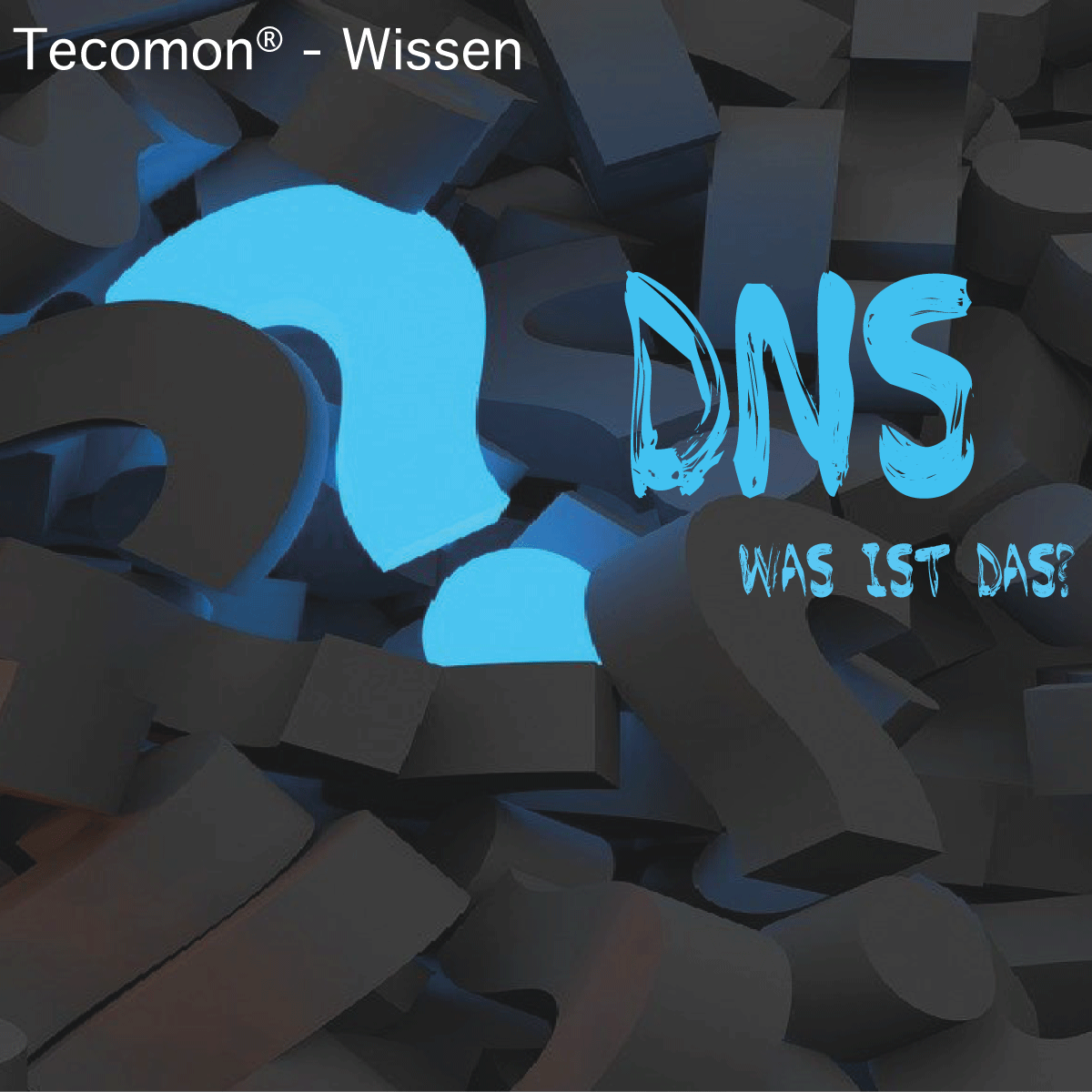DNS:
The abbreviation DNS stands for Domain Name System. DNS is a directory service, which is distributed worldwide on numerous servers and manages the name space of the Internet. This space can be divided into many zones, for which independent administrators are responsible. DNS is used to translate domain names into IP addresses, similar to the way a telephone directory assigns a telephone number to each name. This feature offers users a great simplification, as it is possible to simply remember the domain name such as tecomon.de, rather than the more complicated IP address such as 192.0.32.10.
Let's take a closer look at how DNS works with an example:
I want to call the website tecomon, my browser will request a DNS server, which is stored in the IP configuration. This IP configuration is usually the router of the Internet access. Now the queried DNS server looks for my request tecomon. If the DNS server finds an answer, the searched IP address is returned to my browser and I can visit the website. If no answer is found, the DNS server passes the query to a chain of other DNS servers until one DNS server can answer my query and deliver the IP address for the website tecomon to my browser.
DDNS:
Dynamic DNS, basically works the same way as the Domain Name System. However, DDNS has a special feature: through the dynamic Domain Name System, constantly changing IP addresses are always forwarded to a fixed domain name. This means that the computer is always reachable under this fixed domain, even if the current IP address is not known.


